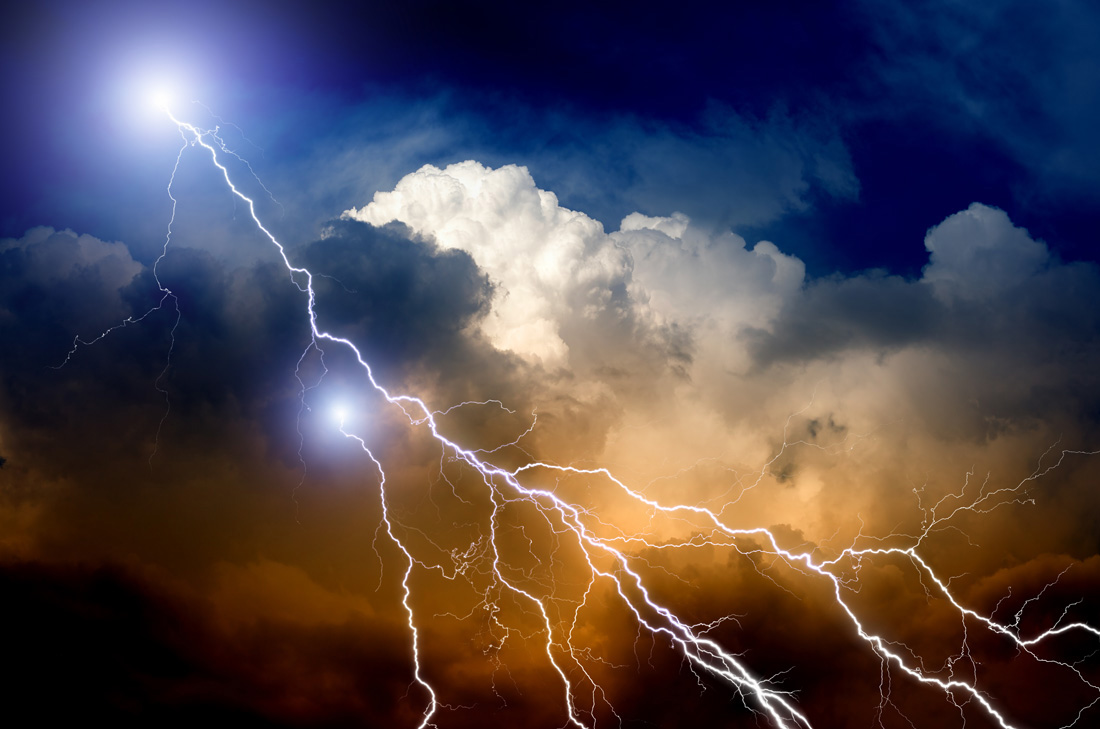Last Updated on April 24, 2025 by Avia
As the world increasingly grapples with environmental challenges, understanding how these issues affect our mental and emotional well-being becomes more crucial. The degradation of our natural surroundings can lead to heightened levels of anxiety, stress, and discontent. Luckily, both the individual and society alike can surmount the complexities of urbanization.
Table of Contents
The Connection Between Environment and Inner Peace

The relationship between our environment and mental well-being can’t be overstated. Our surroundings can either uplift us or impose stress, acting as a mirror to our internal state. The constant exposure to environmental degradation — such as air and water pollution, deforestation, and climate change — contributes to a pervasive sense of anxiety and disconnection from nature. This disconnection has far-reaching effects on our mental health, leading to feelings of helplessness and overwhelm. As the natural world continues to deteriorate, many grapple with a sense of loss for the nature that sustains life.
Conversely, reconnecting with your higher self through the environment can play a pivotal role in alleviating these negative feelings. Engaging with nature reduces stress, sharpens your mind, and elevates your mood. By embracing sustainable innovations — such as urban parks, community gardens, and green roofs — we can counteract the negative vibrations of everyday life. Such environments create a healthier, more harmonious existence, fostering a vibrant connection with the natural world. Integrating greenery into our lives allows us to achieve inner peace in an increasingly chaotic society.
Barriers to Achieving Inner Peace
Achieving inner peace can be challenging, especially in today’s fast-paced world. Various barriers — from environmental degradation to personal stressors — can hinder our ability to connect with our inner selves. Identifying these obstacles is essential for fostering a serene mindset and cultivating a harmonious relationship with our surroundings.
Urbanization and Limited Access to Natural Spaces
One of the significant barriers to achieving inner peace is urbanization, which often leads to limited access to natural spaces. As cities expand and populations grow, green areas are increasingly replaced by concrete structures, making it challenging for individuals to find solace in nature.
Urban environments can have significant health impacts, too. The bustling urban environment can contribute to feelings of isolation and stress as the loud noises, fast-paced life, and lack of greenery create a jarring contrast to the tranquility we instinctively seek.
Environmental Decline and Psychological Stress
The ongoing environmental decline affects the physical landscape and our psychological health—an abundance of research links ecological degradation to increased levels of depression, anxiety, and stress. For instance, studies have shown that people living in areas with high pollution levels often report higher rates of anxiety and stress-related disorders. This cycle of negative feelings amplifies the disconnection from nature, making it imperative to address our environment’s emotional and physical aspects to find serenity.
Solutions to Environmental Stressors on our Inner Peace

In addressing the barriers imposed by environmental stressors, it’s crucial to find solutions. By reconnecting with nature and fostering green spaces, we can mitigate the adverse effects of urbanization and ecological decline, ultimately promoting inner peace and mental well-being.
Green Spaces in Urban Centers
Creating green spaces in urban centers is a powerful solution to combat the stressors associated with city life. Parks and community gardens can provide much-needed retreats from the hustle and bustle, allowing residents to reconnect with nature. Organizations and city planners can collaborate to identify under-utilized spaces and transform them into vibrant landscapes that foster biodiversity and community engagement. These green havens promote mental health and enhance overall livability.
Smart Cities
The concept of smart cities brings a fresh perspective to urban living through sustainable innovations. Smart cities leverage technology and sustainable practices to enhance efficiency, reduce pollution, and promote community well-being. Key features of smart cities include renewable energy sources, intelligent waste management systems, and green infrastructure that address pressing environmental issues while improving the quality of life for residents.
Save Energy in Your Home
Another essential aspect of combating environmental stressors is adopting energy-saving practices in our homes. Simple steps can significantly reduce your energy bill while promoting a sustainable lifestyle. Individuals can invest in energy-efficient appliances, seal windows and doors to prevent drafts, and utilize smart home technology to monitor and manage energy consumption. By consciously reducing our environmental footprint, we create healthier living environments that contribute to improved mental well-being.
Mindfulness and Meditation
Mindfulness and meditation are invaluable for finding inner peace and enhancing your well-being. These practices allow you to connect with your inner self. By embracing mindfulness, one can develop a more profound appreciation for nature and the small moments of beauty in everyday life. Regular meditation can reduce anxiety, enhance focus, and promote emotional balance — fostering a proactive approach to managing environmental stressors. If nature is hard to find, there are many meditation centers designed to help the community find peace within chaos.
Creating a Personal Sanctuary of Nature
Creating a personal sanctuary is essential to nurturing mental well-being and finding inner peace amidst life’s chaos. Further, eco-friendly homes can help enhance mental health.
This dedicated space should reflect your unique tastes and preferences. Incorporating natural elements like plants, soft lighting, and calming colors can make it inviting and serene. Personal touches such as cherished books, soothing music, or artwork can enhance the atmosphere, fostering a sense of belonging. Using this sanctuary as a haven for relaxation, reflection, or mindfulness practices, you can recharge and cultivate a deeper connection with yourself and the world around you.
Community Initiatives for Nature Engagement
Community initiatives are pivotal in fostering nature engagement and enhancing mental well-being. Residents can bond with their neighbors by organizing outdoor activities such as tree planting, community gardens, or nature walks while deepening their connection to the environment. These activities beautify urban spaces and provide opportunities for individuals to learn about local ecology and sustainability. Such initiatives encourage a collective sense of responsibility and promote a healthier lifestyle. Additionally, shared experiences in nature can reduce feelings of isolation and anxiety, ultimately nurturing a supportive community that prioritizes both individual and environmental health.
Conclusion
Fostering inner peace and mental well-being requires a multifaceted approach that includes personal mindfulness practices and community engagement with nature. Individuals can cultivate a profound connection with themselves and their environment by creating personal sanctuaries and participating in local initiatives. These actions enhance personal tranquility and strengthen community bonds, promoting collective well-being. Embracing individual and community efforts can lead to a more harmonious, balanced life in our increasingly stressful world.

About the author: Katie Brenneman is a passionate writer specializing in lifestyle, mental health, education, and fitness-related content. When she isn’t writing, you can find her nose buried in a book or hiking with her dog, Charlie. To connect with Katie, you can follow her on Twitter.
Want more? Me too! That’s why I’ve also got this for you on Whats-Your-Sign:











